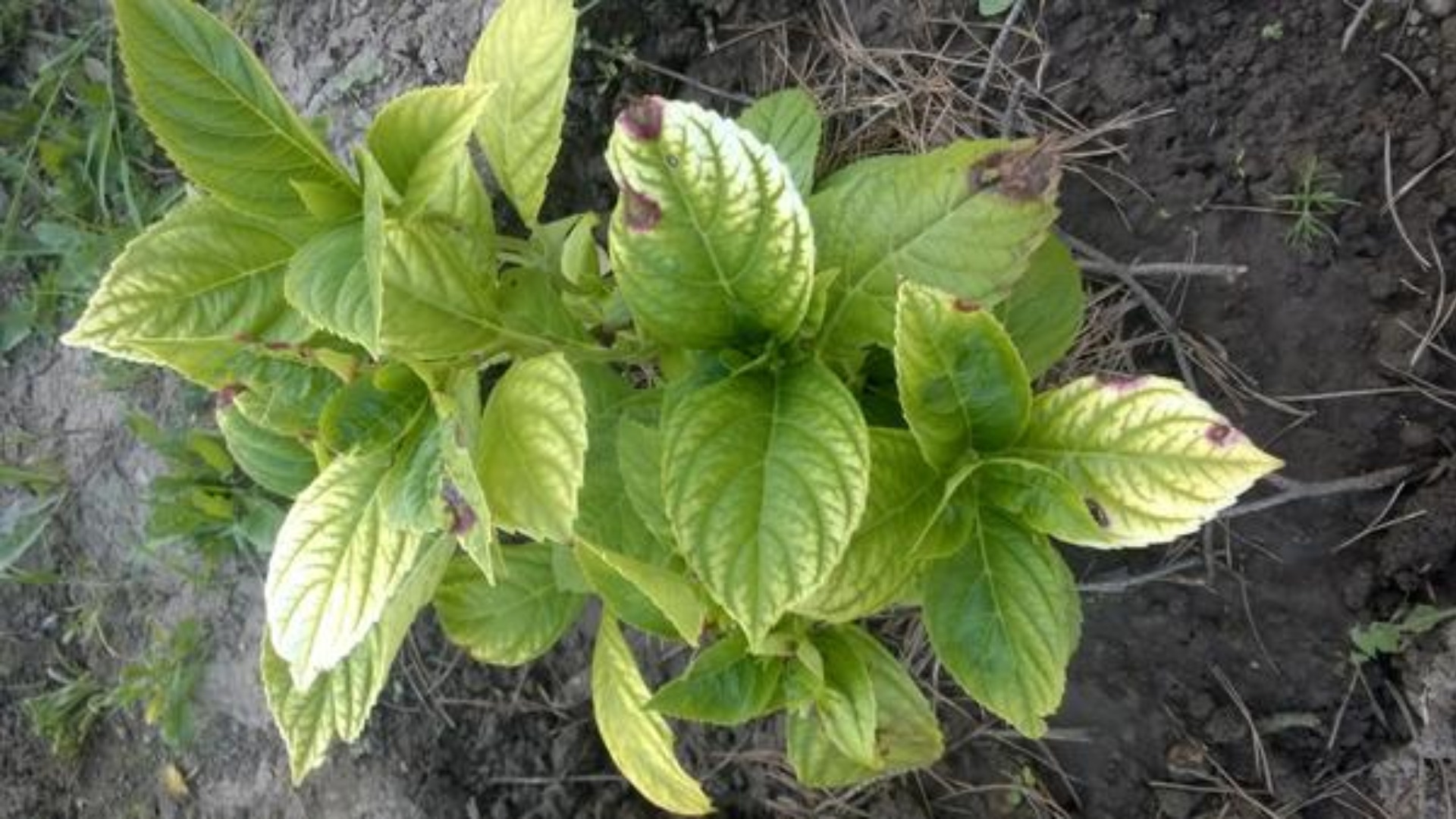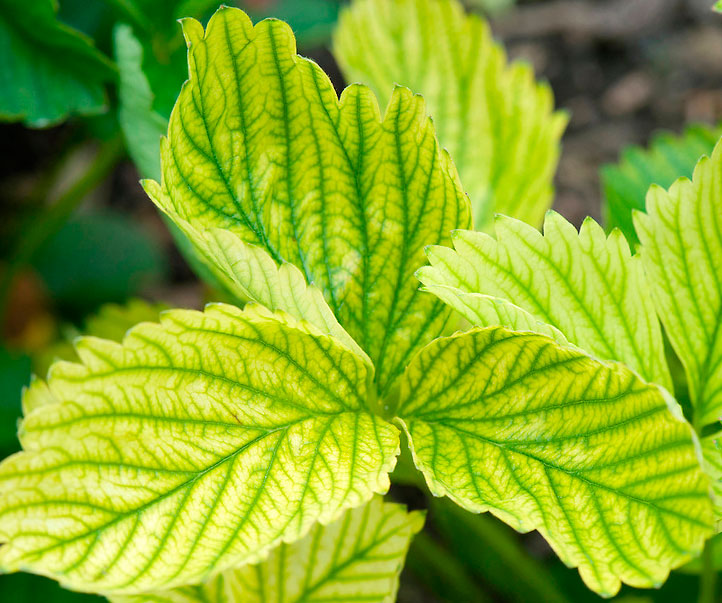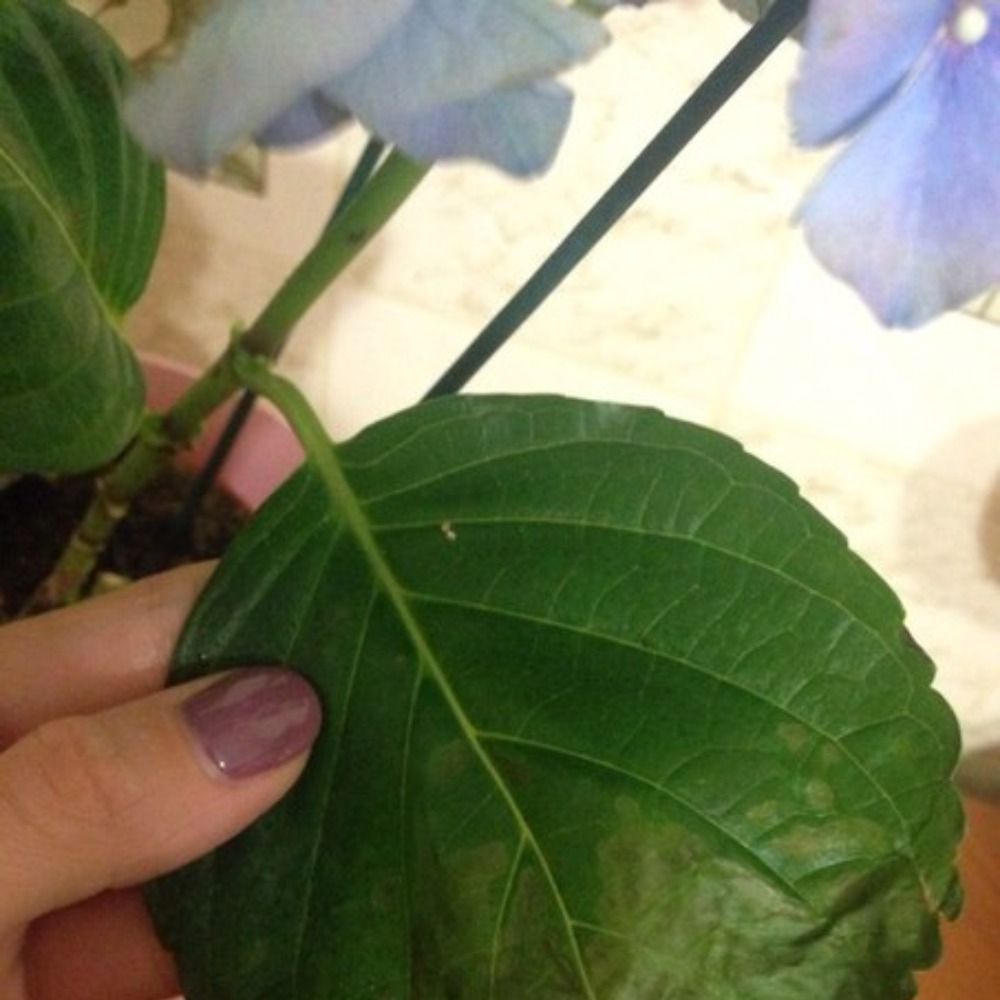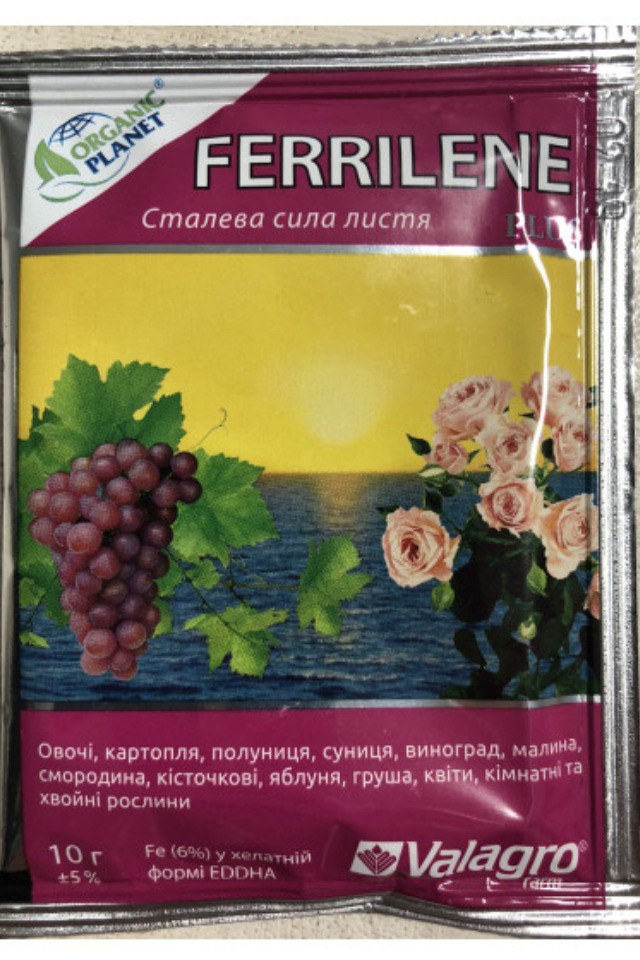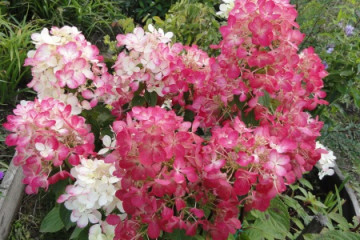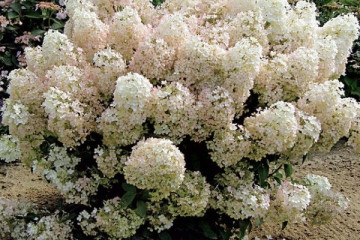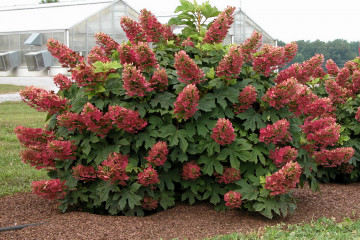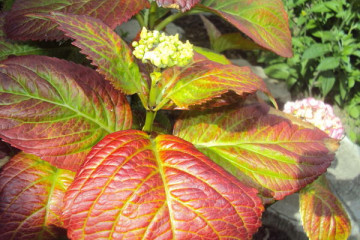Chlorosis of hydrangea paniculata or large-leaved - what to do and how to treat
Content:
Hydrangea belongs to the category of plants that are resistant to pests and diseases, as it has a high natural immunity. But if the growing conditions do not match, this culture can be affected by chlorosis, which negatively affects the appearance of the plant and can cause death. Therefore, every gardener growing hydrangea should know how to deal with this disease, what to do when the first warning signs appear.
Types of hydrangea chlorosis (viral and non-viral), causes of the disease
Hydrangea chlorosis can be of 2 types: viral and physiological. In the first case, pests-carriers of infection can provoke the development of the disease. The chlorosis virus can also be transmitted through young seedlings of the crop, so when buying, you should carefully examine the plants.
In the second case, the reason is a violation of the rules of agricultural technology, as a result of which the shrub lacks iron. This happens in the absence of timely fertilizing or as a result of the inability of the roots to absorb it from the soil.
In spring, non-viral chlorosis of hydrangea leaves most often occurs due to sudden changes in night and day temperatures, which negatively affects the immunity of the plant. In this case, the roots of the shrub are in the cold ground, and the leaves, under the influence of the active spring sun, are heated. This leads to metabolic disorders in tissues and slows down the process of photosynthesis.
Heavy compacted soil can also provoke the development of chlorosis. As a result, the functionality of the roots is reduced, and they cannot absorb iron from the soil in the required amount.
Hydrangea leaf chlorosis symptoms
The disease is distinguished by pronounced signs that are not difficult to identify. First of all, the leaf plates begin to fade, but the veins remain saturated green.
Other symptoms of the disease:
- the size of young leaves is significantly reduced;
- the edges of the plates begin to dry out and roll up;
- buds fade without opening;
- inflorescences fall off;
- leaves gradually lose turgor;
- the tops of the shoots dry up;
- buds, flowers are deformed;
- roots rot.
If at least some of the listed signs appear, it is necessary to carry out treatment, which will allow the shrub to recover. Otherwise, the plant will not be able to cope with this problem on its own.
Disease resistance of paniculate and large-leaved hydrangea varieties
Most often, paniculata and macrophylla hydrangea (hydrangea) suffer from chlorosis, but to a greater extent the latter. This is due to the fact that many hybrid forms were obtained on its basis, which differ not only in a wide variety of colors, but also in weakened immunity.
Resistant varieties
Some varieties of crops, even in the presence of unfavorable conditions, show resistance to this disease. This is characteristic of varieties that are undemanding to the composition of the soil. True, not all types of this ornamental shrub possess such a quality.
Resistant varieties:
- Kyushu;
- Grandiflora;
- Brussels Lace;
- Unique;
- Levana;
- Papillon;
- Quadricolor;
- Bailmer;
- Blushing Bride;
- Hanabi.
Disease-prone varieties
Not all types of hydrangea can boast of increased resistance to chlorosis. Some of them, even with minor mistakes in care, may be affected by this disease.
The following varieties show an increased tendency to chlorosis:
- Bobo;
- Wim's Red;
- Diamant Rouge;
- Pink Diamond;
- Blueberry Cheesecake;
- Nikko Blue;
- Lemmenhof;
- Tricolor;
- Gerda Steiniger;
- Cotton Candy.
Methods for treating hydrangeas for chlorosis
Hydrangea chlorosis can be treated in different ways. In some cases, it is enough just to feed the shrub, and sometimes you should resort to drastic measures. The main thing is that the iron for the hydrangea becomes available and the roots of the plant can fully assimilate it.
Bush transplant
This method of treatment is used if the soil has lost its air and moisture permeability. This is usually observed if the indoor hydrangea has not been transplanted for a very long time. In this case, it is necessary to completely replace the potting medium. To do this, you should purchase special soil in the store marked "For hydrangeas".
This method of treatment is also suitable for garden hydrangeas if the plant has been planted in soil rich in lime and organic matter. In this case, it is necessary to transplant the plant into a well-drained soil.
Rusty nails and cans
This method is considered the most affordable, but at the same time very effective if you need to urgently help the plant. For treatment, it is necessary to bury rusty nails in the soil near the bush. They can also be used for indoor hydrangeas.
To speed up the flow of iron to the roots of the plant, you can remove the rust from old cans and embed it in the soil.
Ready-made preparations
You can also cure a flower with the help of professional drugs that are sold in specialized stores. Their advantage is that they contain iron in a chelated form, which improves its absorption by the plant. Therefore, they give quick results.
Iron chelate for hydrangeas is included in the following preparations:
- Ferrilene;
- "Micro-Fe";
- Ferovit;
- "Antichloro".
These professional products can be used to water and spray the leaves. But the latter method is more effective, since iron enters the plant tissues within 24 hours after treatment. And when watering, this happens only for 3 days.
In the absence of ready-made preparations, you can use iron vitriol for hydrangea, which also contains the necessary component. But in order to convert it into a chelated form, certain actions should be taken.
For cooking, you will need to add citric acid (0.5 tsp) and ferrous sulfate (2.5 g) to settled water (1 liter). Mix all components and leave for 1 hour.
You can also use another recipe. In this case, you will need to dissolve 10 g of ferrous sulfate and 20 g of ascorbic acid in 1 liter of water. Mix all ingredients until smooth. After that, you can use iron sulfate in this form for hydrangeas in the garden suffering from chlorosis.
Preparation of iron chelate based on copper sulfate
When chlorosis develops, it is not always possible to purchase suitable drugs for its treatment. But if necessary, you can prepare iron chelate based on copper sulfate.
To do this, you will need to dilute the drug according to the dosage indicated in the instructions. In this case, a solution of a saturated blue hue should be obtained. After that, immerse iron objects in it. The liquid should be stirred periodically.
After 2-3 hours, the solution acquires a green bottle tint, which confirms its transformation into iron chelate. The resulting product can be sprayed or watered on the plant.
Disease prevention
In order not to subsequently treat chlorosis, it is recommended to follow simple preventive measures. This is especially important to prevent the viral form of the disease, since, unlike the physiological one, it cannot be cured.
First of all, watering with hard water can provoke chlorosis in hydrangeas, especially indoor ones. To avoid this, it is recommended to add a couple of grains of citric acid per 1 liter to the liquid. This should be done with each watering.
Other preventive measures:
- Timely treat plants from pests that can carry viral chlorosis.
- Do not plant shrubs in areas with stagnant moisture.
- Regularly loosen the soil in the root circle and remove weeds that will take moisture and nutrients from the soil.
- Feed the hydrangea regularly at least 3 times per season, giving preference to phosphorus-potassium fertilizers.
- Mulch the topsoil during hot periods to prevent excessive evaporation.
- Control acidity levels.
- Maintain a distance between seedlings of 1.0-1.5 m for group planting.
Hydrangea is a beautiful flower that can decorate not only a personal plot, but also the interior of a house. But in order for the shrub to fully develop and delight with its spherical or paniculate inflorescences, it is necessary to provide it with favorable conditions. Otherwise, the plant will sooner or later get sick with chlorosis.
